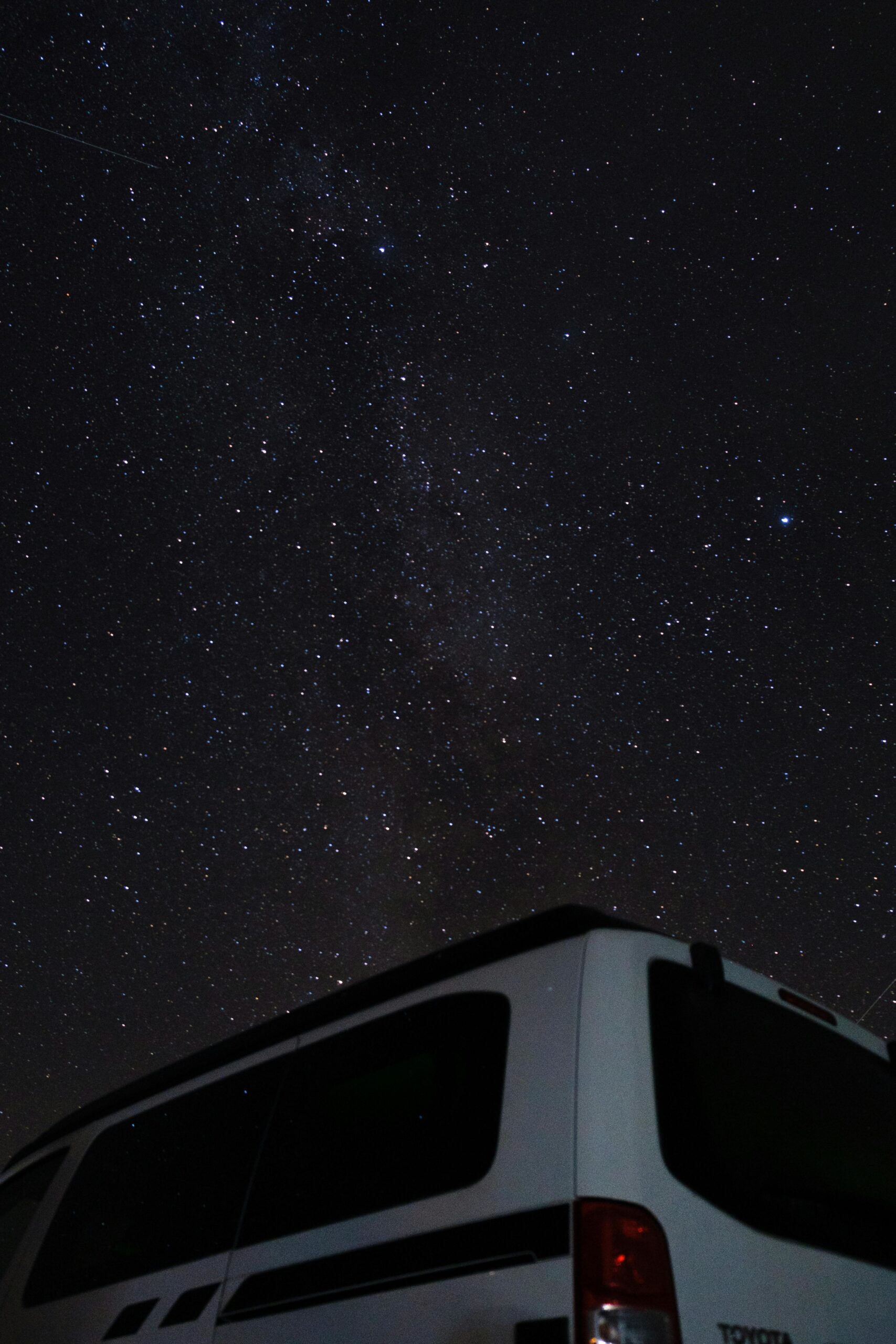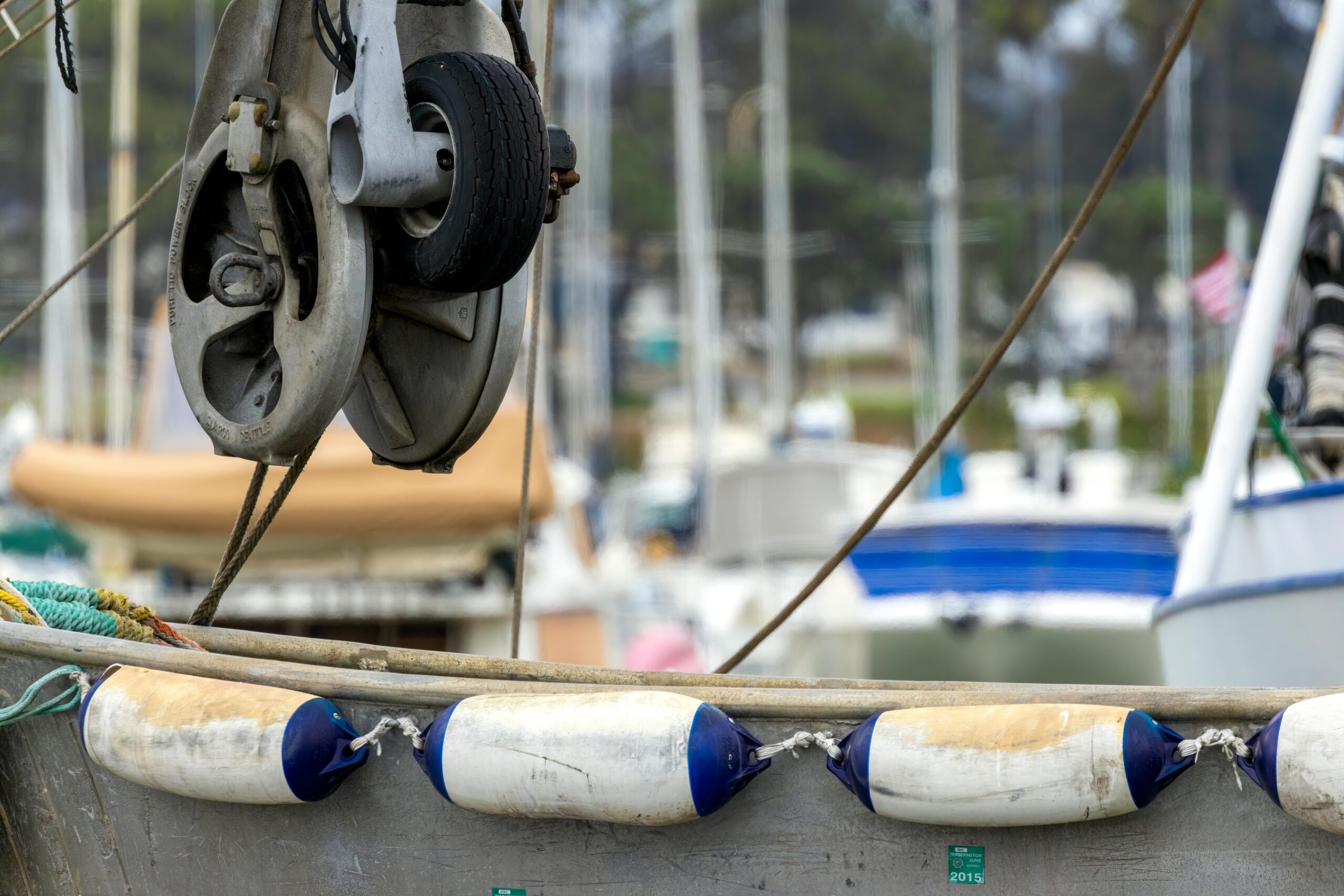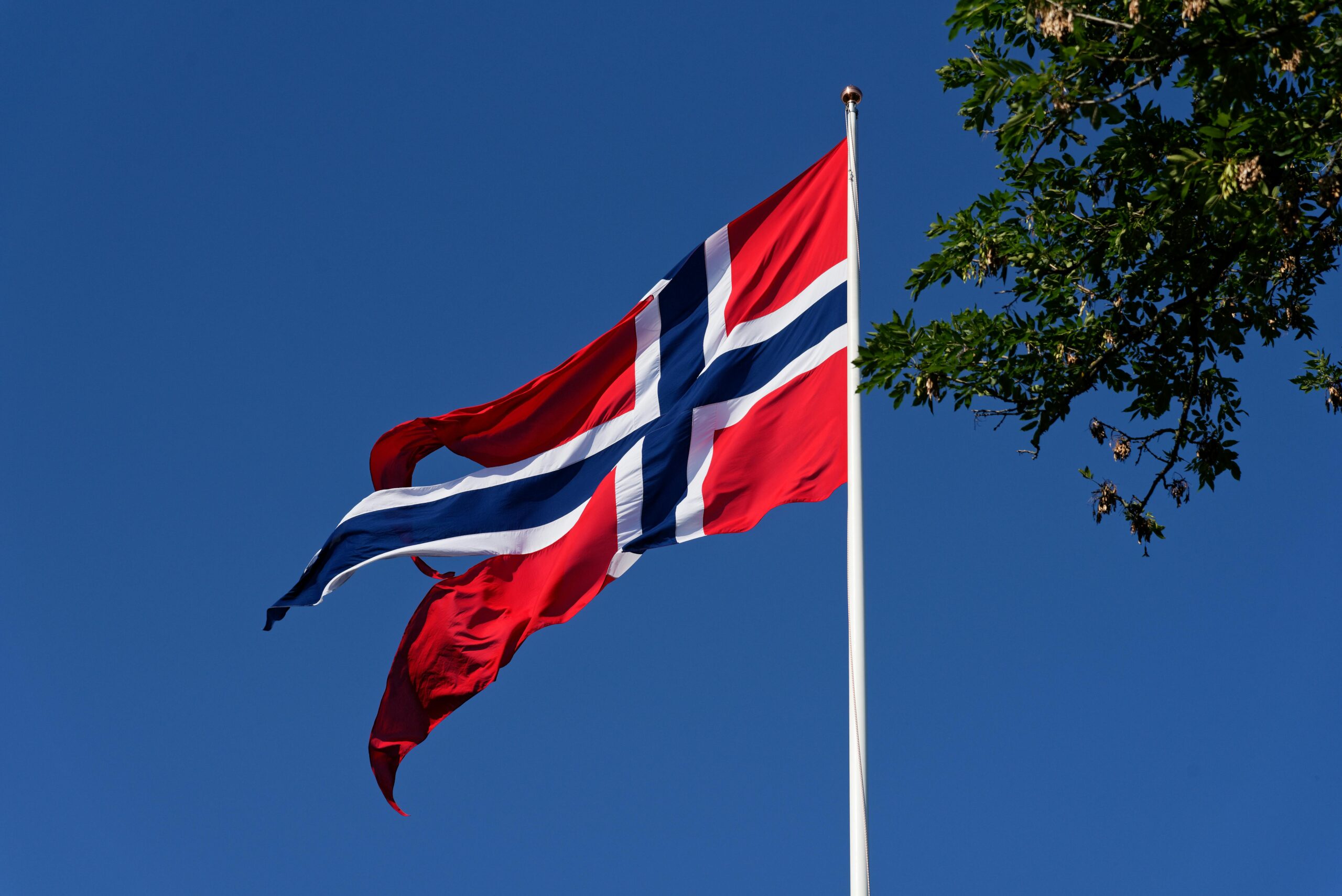The city of the Atlantic Road
What we reccomend
The Historic Shipyard
As you walk through the area, the first thing that strikes you is the beautiful, old wooden building. It’s an authentic piece of history, and we found it absolutely amazing. What makes this place even better is that exploring the building itself is completely free. We spent a good amount of time just wandering around, taking in the unique atmosphere. However, a word of caution: since the building is so old and made of wood, there are many steep and sometimes treacherous staircases. But don’t worry, a handrail is always available to help you navigate them safely. While the main building is free to enter, some of the activities and workshops inside do have a fee, starting from 50 Norwegian Krone. We didn’t try them on this visit, but they seemed like a great way to dive deeper into the local history and craft. Overall, if you’re ever in Kristiansund, I highly recommend stopping by The Historic Shipyard. It’s a fantastic experience and a true highlight of the city.
The town
Kristiansund is a city with a story. Located on the edge of the Norwegian Sea, its history is deeply tied to the ocean. Originally known for its bustling klippfisk (dried and salted cod) industry, the city became a major European port for this valuable trade. This industry brought prosperity and growth, attracting people and ships from all over the world. However, Kristiansund faced a major setback during World War II. The city was almost completely destroyed by bombing. The devastation was immense, and the community had to rebuild almost from scratch. This difficult period shaped the city’s modern identity. As you walk through Kristiansund today, you’ll see a mix of contemporary architecture built on the foundations of its past. This modern feel is a direct result of the city’s need to rise from the ashes. Even though much of the original town was lost, a short walk is still highly recommended. You can take a brief stroll through the modern city center, where you’ll get a feel for how the community has rebuilt itself. It’s an easy walk to the cruise ship pier, offering a nice view of the harbor. While there might not be many historical buildings to see, the city’s unique journey is a significant part of its charm.
The Atlantic Road
The Atlantic Road is an incredible stretch of road that winds through the Norwegian sea. It’s often called one of the most beautiful drives in the world, and it’s not hard to see why. The road is a masterpiece of engineering, connecting a series of small islands with eight stunning bridges that seem to dance over the waves. Driving the Atlantic Road feels like an adventure. The landscape changes constantly, from calm, misty mornings to dramatic, windswept afternoons. When the sea is rough, waves crash over the road, creating a thrilling and unforgettable experience. When it’s calm, the water reflects the sky, offering breathtaking views that are perfect for photos. This road is more than just a way to get from one place to another; it’s a destination in itself. Along the route, there are several viewpoints and rest areas where you can stop to admire the scenery, fish, or just breathe in the fresh sea air. The architecture of the bridges is a highlight, each one uniquely shaped to handle the forces of the ocean.

Where we have stayed
We spent a night in our motorhome at Kobbvika rasteplass. The rest was slightly disturbed by the noise from the nearby busy road, but the location offers some useful amenities, including parking. A path starts from the parking area and leads to a viewpoint where you can get a clear view of the Hestskjær Lighthouse. This lighthouse, located on the Vågsfjord fjord, was built in 1905, stands 11 meters tall, and is still active. The area is also known for its shipwrecks, including the “D/S Hestmanden,” which sank in 1928, and the “SS Eidsvold,” which sank in 1940. Unfortunately, we found the path to be difficult and uneven, and it was muddy and swampy in some sections after the rain. Since Kobbvika rasteplass is quite a distance from the city center, we moved to the Gassverktomta parking lot, located in front the Kulturfabrikken concert hall and right next to the marina. Here, parking costs 15 Norwegian kroner per hour, and there are no services available. The parking spots are on a slope, especially the longer ones, which are also the closest to the road and therefore quite noisy. It’s best to arrive early, especially on weekdays before 9 AM, as the lot fills up quickly. However, the location is excellent for exploring the city center. Other options for parking include the two small parking lots near the Øvervågen skatepark, which also tend to fill up quickly. Another alternative is the parking lot near Skjærva beach. Unfortunately, when we were there, the beach was full of dirt and algae. The parking area is small, and the access is very steep and narrow, although it is still manageable with a motorhome. You can park here for a maximum of 24 hours.

